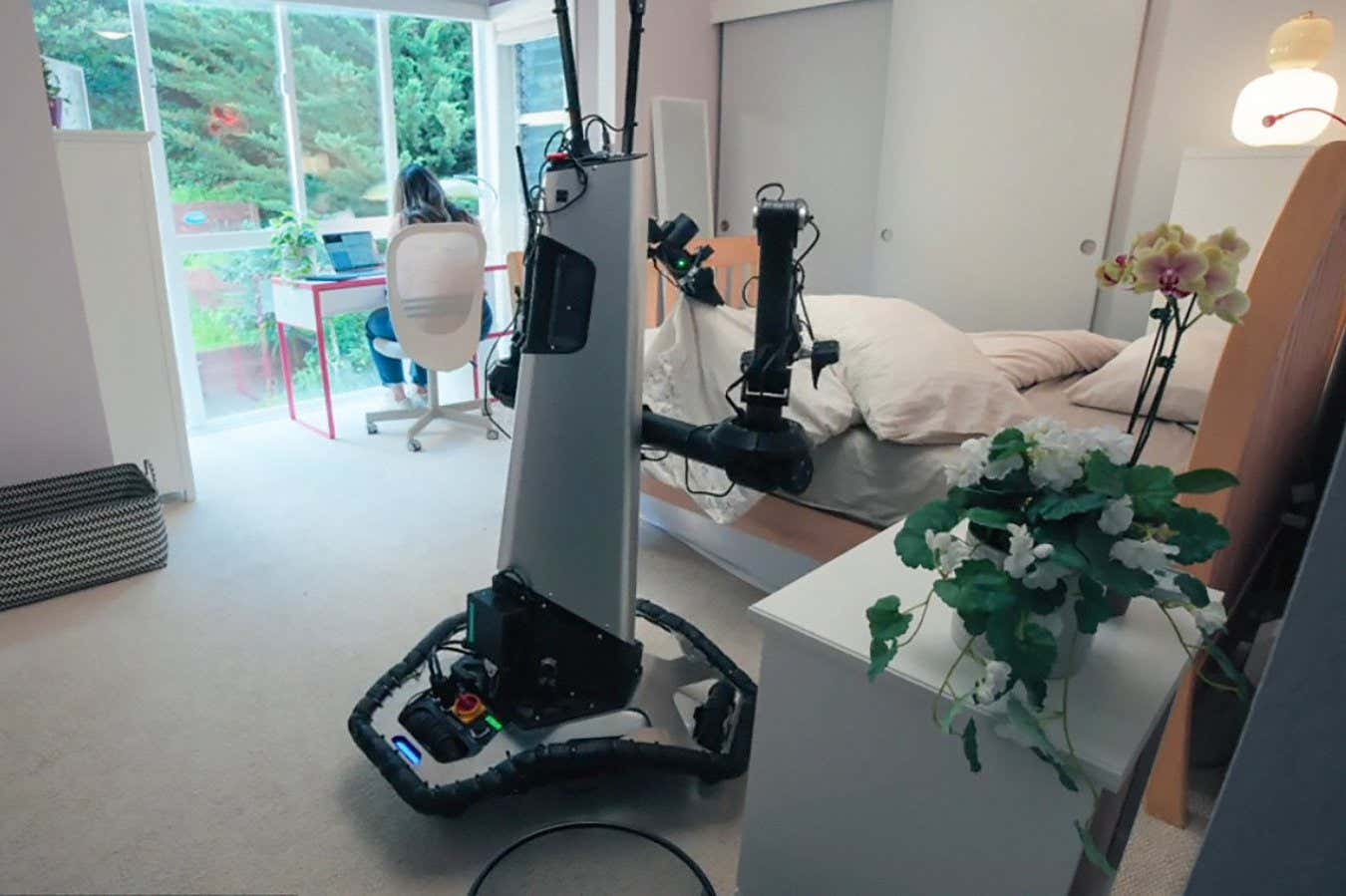Inside Sergei Levine’s Robot Learning: How Real-World Mistakes Drive Domestic Automation

Robot Brains, Real-World Lessons: Sergei Levine on Learning Through Mistakes
Reimagining Automation: From Single Tasks to Household Mastery
Today’s robotics research faces a critical inflection point. At the forefront is Sergei Levine, recognized for advancing machine learning’s integration with robotics and founding Physical Intelligence. His goal extends beyond building machines that perform isolated tasks such as folding laundry or washing dishes. Instead, he envisions a unified model—a single adaptive system that serves as the “brain” for an entire range of household chores, intelligently switching and evolving with each new context.
Current robotic prototypes are typically engineered for specific tasks, often requiring substantial programming and adjustment for every job. Levine’s approach leverages foundation models, imbuing robots with the capacity to generalize and transfer learning across domains. By developing systems that interpret their environment with robust perception, make decisions on the fly, and refine strategies through continuous interaction, robots can move beyond brittle automation toward fluid, situational problem-solving. The potential is transformation: on-demand assistants capable of anything from preparing coffee to maintaining complex hospitality operations.
The Self-Improvement Loop: From Experience to Expertise
A pivotal mechanism behind this progress is the principle of the self-improvement “flywheel.” Traditional development relies heavily on manually curated training data or controlled experiments. Levine champions unleashing robots into real-world scenarios, enabling them to accumulate experience autonomously. Every attempt, whether a perfect execution or a clumsy misstep, becomes a catalyst for learning.
This model-driven feedback loop fosters rapid performance gains. The more robots interact with their environment—and the more varied the situations they encounter—the richer their learning becomes. Importantly, this means scaling isn’t limited by static data sets. As deployment broadens and robots face new challenges, the collective pool of operational insights pushes the technology forward, accelerating the trajectory from simple assistance to full autonomy.
Economic Shifts and the Roadmap to Practical Usefulness
Financial barriers to advanced robotics are falling fast. Not long ago, hands-on intelligent machines were exclusive to well-funded labs, with price tags reaching into six figures. Today, the industry has witnessed a shift: capable manipulators can be sourced for a fraction of that cost. This opens doors to broader experimentation, higher production volumes, and, crucially, a quicker cycle of collective improvement.
The shrinking costs echo a familiar pattern seen in AI-powered software tools. Just as code assistants evolved from merely suggesting fixes to handling substantial segments of programming, robotic helpers are poised for a similar leap. Initially, they might deliver basic tasks by following instructions or offering limited support. But as learning compounds, the expectation is that these systems will soon move toward taking ownership of entire workflows—restocking shelves, managing routines, or running complex spaces with minimal oversight.
Mistakes, Data, and the Edge of Physical Intelligence
The unique advantage of embodied learning stands out in Levine’s philosophy. Unlike digital platforms that iterate in virtual environments, robots learn under the weight of gravity, friction, and unpredictably textured materials. If a machine drops a t-shirt while sorting laundry, the moment isn’t viewed as a setback. Instead, it represents invaluable exposure to a new failure case—one that helps refine grip, adjust trajectory, and update predictive models.
Each error generates fresh data, feeding algorithms that thrive on high-dimensional feedback. This grounding in the physical world produces resilience: robots evolve to handle unforeseen variations, recognizing that real work often unfolds in settings more complicated than lab environments or computer simulations. Such robustness will be indispensable as robots attempt to navigate the unstructured spaces of the average home, kitchen, or commercial setting.
Near-Term Impact: The Arrival of Useful Domestic Robotics
Timelines for meaningful deployment are shrinking. Trends in hardware affordability, algorithmic sophistication, and scalable training all point toward the emergence of practical, user-friendly household systems within a matter of years rather than decades. Success will come in waves—starting with assistants capable of brewing a cup of coffee, eventually scaling operations to orchestrating entire establishments.
This shift is not just about technology, but about changing attitudes toward automation and resilience. Viewing every malfunction as an opportunity to improve, rather than evidence of limitation, democratizes progress. The message resounds: the path to intelligence is paved not by perfection but by relentless adaptation.
The Future of Foundation Models in Robotics
What emerges is a blueprint for resourceful, general-purpose machines that learn directly from their worlds, updating themselves in real time. By scaling up trial, error, and refinement, this strategy points toward a future where highly useful domestic automation becomes an accessible reality for more people than ever before. Agents capable of moving from cleaning one kitchen to managing complex, real-world operations across countless contexts may soon be commonplace.
At the heart of this transformation is the radical embrace of imperfection: every robot mistake, far from being a failure, becomes the seed for future capability. With the right models and the right mindset, the next leap in robotics is not only possible—it’s imminent.
